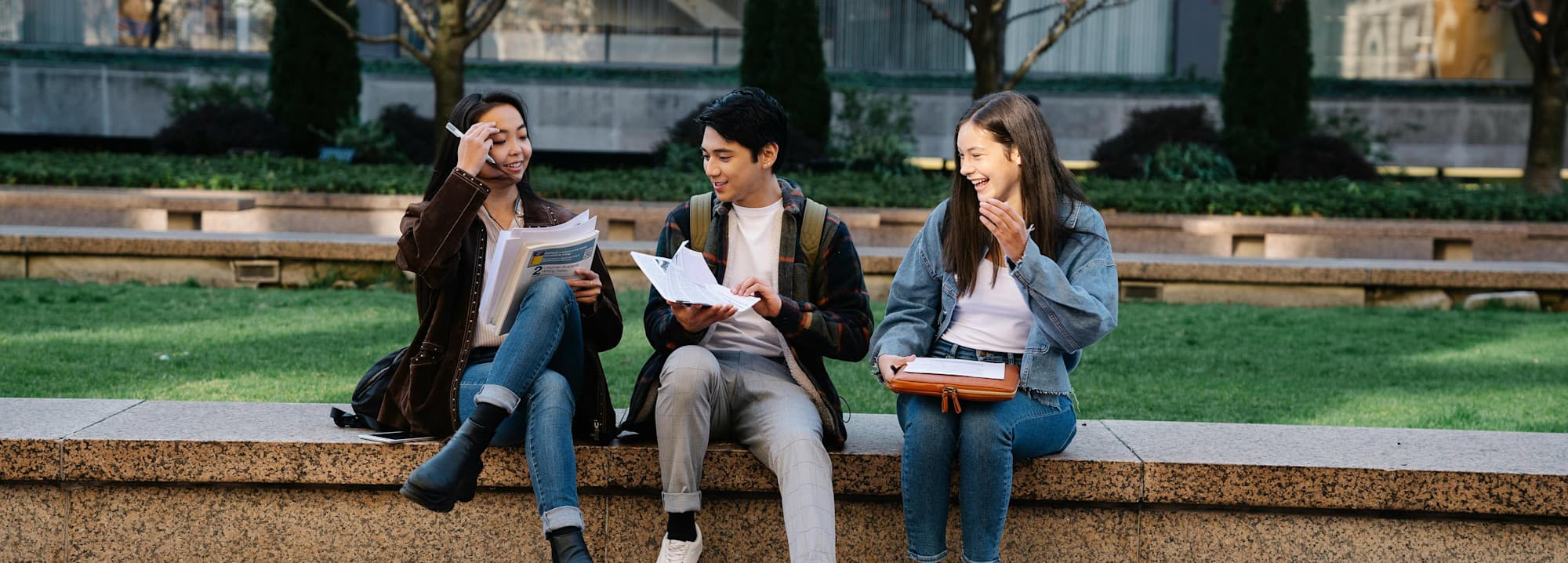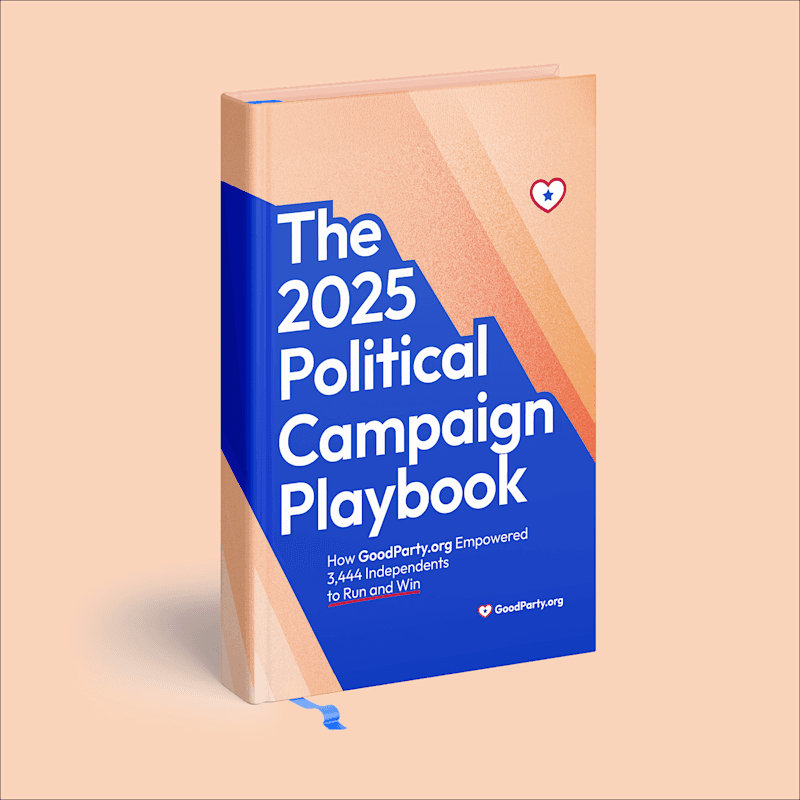
How to Increase Youth Voter Turnout (and Why It Matters)
Youth voter turnout has the power to transform elections, but only if young people actually make it to the polls.
Every election cycle proves it: when young people show up, they can decide outcomes, redefine priorities, and push campaigns to address the issues that matter most to their generation. Yet, young voters still face some of the steepest barriers to participation, from confusing registration rules to a political system that often overlooks them.
Increasing youth voter turnout isn’t just about getting more people to the polls. It’s about empowering the next generation to claim their voice in a system that needs it.
Here’s how campaigns, communities, and candidates can help young voters turn passion into lasting participation.
Why Youth Voter Turnout Matters
Youth voter turnout is more than just a metric. It’s a measure of how healthy our democracy is. When young people vote, they shape the agenda, strengthen local representation, and build habits that last a lifetime.
In 2024, about 47% of voters aged 18 to 29 cast ballots nationwide, according to the Center for Information & Research on Civic Learning and Engagement (CIRCLE) at Tufts University. That’s nearly half of young Americans, and a significant increase from a decade ago, but still well below the overall voter turnout rate of 65%.
Improving these youth voter turnout rates matters because:
Local decisions affect the issues young voters care about most. From climate action plans and housing policy to policing, school funding, and transit access, many of the issues shaping young people’s futures are decided at the city or county level, where turnout is often lowest.
Youth voices set long-term agendas. When young voters participate, they bring fresh priorities into the political conversation and force campaigns and policymakers to listen.
Voting early builds lifelong habits. Research shows that people who vote in their first few eligible elections are far more likely to become consistent voters later in life, particularly in the same type of election they begin voting in. So, boosting youth participation in local elections today can strengthen local-level civic engagement for decades to come.
Small numbers make big differences. In closely contested states and local races, youth turnout can literally decide outcomes. A modest increase among young voters, even just 3 to 5 percentage points, could swing school board seats, mayoral races, and ballot initiatives that impact daily life.
When young people participate in elections, they shape the values, priorities, and direction of the country for generations to come.
What Drives (and Discourages) Young Voters
Despite their interest in politics, many young people face logistical and systemic hurdles. In CIRCLE’s 2024 survey, one in four non-voting youth said they were too busy or faced scheduling conflicts, while others cited registration confusion or limited access to polling places. Removing these barriers is key to unlocking the full power of the youth vote.
It’s rarely about apathy or nihilism. Young people are kept away from the polls due to restrictions on access, a lack of trust, and disconnection.
What Prevents Youth Voter Turnout
The barriers we need to break down to encourage youth voter turnout include:
The Intention-Behavior Gap
Many young people express a desire to vote, but fewer follow through. Studies have found that the psychological hurdle between saying “I will vote” and actually voting is particularly significant among young people, possibly because of competing demands, uncertainty, or lower inertia.
Confusion, Overwhelm & Information Gaps
Unclear ballots, confusing registration rules, or uncertain polling instructions can trigger analysis paralysis. Research on youth voting barriers found that young people often report not knowing how or where to register, or misunderstanding local procedures. Additionally, in CIRCLE’s 2024 youth poll, around 12% of non-registered youth said they didn’t understand how to register or reported experiencing problems with voter registration forms.
Disaffection, Distrust & Political Alienation
When young people feel the system doesn’t represent them, or that no candidate addresses their concerns, they disengage. In the same CIRCLE poll, the most common reason given by youth who didn’t vote was that they didn’t like any of the candidates. Political psychology also tells us that low perceived efficacy, or the sense that one’s vote doesn’t matter, suppresses turnout, especially among younger and marginalized groups.
Life Transitions & Structural Friction
Young adulthood is full of disruptions, like moving, starting new jobs, and changing addresses. Those transitions often interrupt civic routines. For students, especially, registration and voting logistics get confusing with location, residency rules, or bureaucratic requirements. Time constraints from work, classes, and other responsibilities are also frequently cited by youth as barriers.
What Can Improve Youth Voter Turnout
Understanding these psychological and structural levers isn’t only for academic research. These are the points where campaigns must meet young people: with identity-affirming messaging, clear process instructions, timely nudges, and grassroots networks that foster belonging.
Ultimately, motivation is powerful when it’s personal, and young people are far more likely to vote when they’re encouraged with:
Identity, Belonging & Peer Influence
Voting behavior often reflects social identity. Young people are more likely to vote when they see political participation as part of who they are. Finding a “political home,” or a community of peers, grassroots groups, or civic networks where participation is normalized, can improve young people’s motivation to vote.
Information, Cues & Timely Reminders
Many young people follow through when the road to voting is simple and obvious. Informational cues and clear messaging about how, when, and where to vote can overcome procrastination and confusion.
Relevant Issues & Personal Stakes
Young voters consistently say they are more likely to participate when they believe voting will affect the issues they care about. In CIRCLE’s post-2024 poll, nearly half of the youth who voted said one of their top motivations was a desire to impact the issues they care about.
Effective youth voter mobilization starts with relevance, not rhetoric.
LEARN MORE: Explore the psychology of voting to better understand how to drive lasting turnout.
4 Proven Strategies to Boost Youth Voter Turnout
Understanding what motivates and discourages young voters is only half the battle. The real challenge is turning that insight into action. The following strategies combine proven outreach tactics with lessons from behavioral science to help campaigns engage and inspire the next generation of voters.
#1: Make Registration Easy and Engaging
Voter registration is the first and often most challenging step.
Campaigns can help boost sign-ups by:
Hosting voter registration drives at schools, concerts, or community events
Partnering with local businesses and nonprofits to reach young people where they already are
Promoting online and same-day registration where available
Using social media challenges and giveaways to gamify the process
Pair registration efforts with short explainers about local offices. Helping young people understand what they’re voting for builds confidence and commitment.
LEARN MORE: Check out more strategies to increase voter turnout.
#2: Focus on Peer-to-Peer Outreach
The most effective messengers for young voters are other young voters. Peer-led outreach through door-to-door canvassing, student organizations, and youth volunteer networks builds trust and cuts through political noise.
Campaigns can:
Recruit campus ambassadors or youth volunteers
Host dorm-to-dorm canvasses or community walks
Use texting tools to connect young voters directly with peers, answering questions about registration and polling places
Peer-led organizing turns voting from a solitary task into a shared social norm, and it helps new voters see themselves as part of something larger than one election cycle.
#3: Leverage Digital Tools and Social Media
Young people live online, so campaigns need to meet them there.
Some of the best ways to reach young voters using civic technology include:
Using short-form videos, memes, and graphics to highlight key issues and deadlines
Sending SMS reminders about registration deadlines and early voting
Collaborating with creators, student influencers, or local nonprofits to share accurate voting info
Encouraging user-generated content from volunteers and supporters
Social media platforms like TikTok, Instagram, and YouTube are also powerful tools for civic education when used creatively and consistently.
#4: Invest in Youth Civic Education
Many young people don’t vote because they’ve never been shown how.
Schools, libraries, local organizations, and community leaders can help by:
Hosting workshops on how to register, research candidates, and find polling places
Sharing voting resources like BallotReady or Vote.org
Creating “practice ballots” for first-time voters
Encouraging students to serve as poll workers or election volunteers
Voter education builds empowerment, and that’s how civic habits begin.
The Next Generation of Voters Is Already Here
The data is clear: when young voters turn out, they change outcomes. When campaigns prioritize them, they build movements. And when communities remove barriers, they make democracy work better for everyone.
Every ballot cast by a young voter is a declaration that their future belongs to them, not to special interests or party machines.
Increasing youth voter turnout isn’t just about boosting a percentage on a spreadsheet. It’s about ensuring the next generation has a real voice in the policies that define their lives.
Now is the moment to act, to register, to organize, and to lead. Because the future doesn’t wait, and neither should we.
Photo by George Pak
Join GoodParty.org’s community and be part of a movement that empowers young voters to show up, speak up, and shape what comes next.

